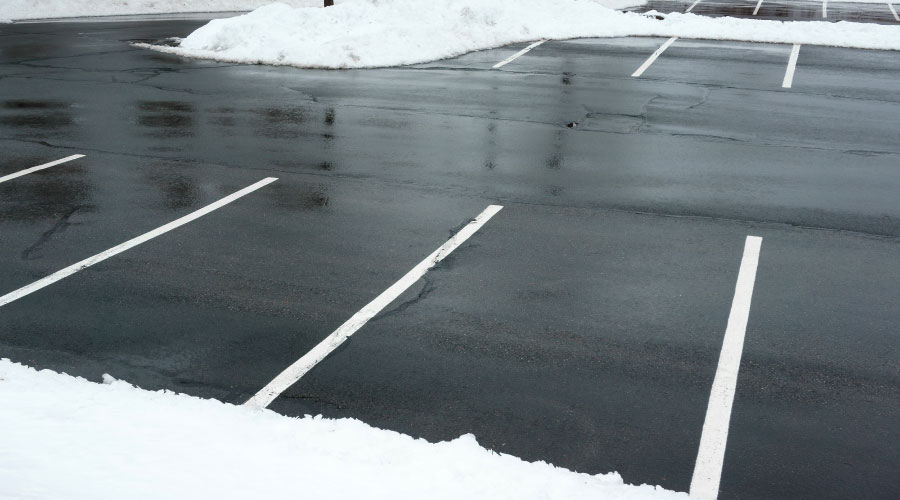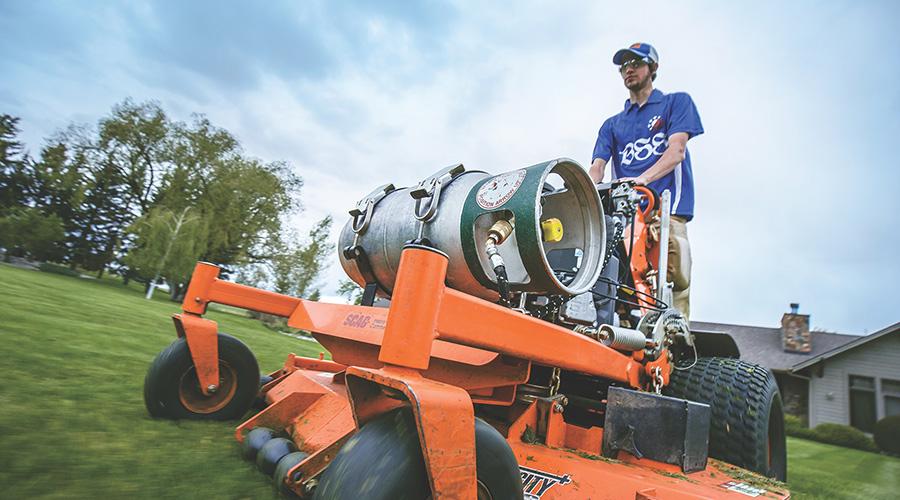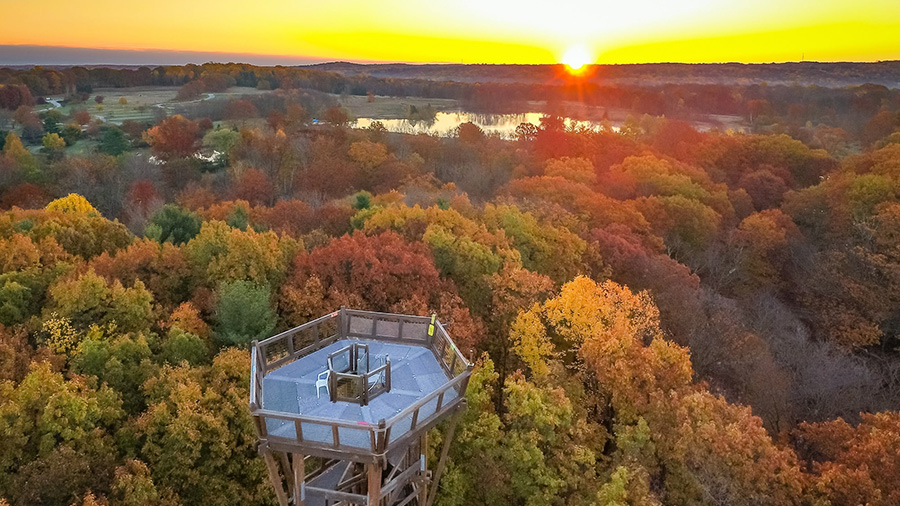Managing Storm Water Reduces Irrigation Requirements
Managers have a range of elements to include in a landscape design to improve its sustainability, and some elements can achieve several desirable goals.
For example, managers can specify the creation of bio-swales or rain gardens along parking lots or near buildings to catch rainwater runoff.
A bio-swale is a slightly depressed strip of land planted with deep-rooted vegetation that collects storm water and slows its movement. The swale captures most of the water, the soil absorbs it, and the water gradually percolates through to the groundwater.
Some of the water flows into adjacent land or into a storm sewer, detention basin, stream, or lake. The deep-rooted plants also absorb and use some of the moisture. The soil and vegetation filter many toxins and unwanted materials before the runoff reaches the groundwater, storm sewer, or stream.
A rain garden is similar in purpose and construction to a bio-swale, but it is designed to keep the water on the site. A bio-swale and rain garden should incorporate loose, highly absorptive soil mixtures, not hard or dense clay.
Also, using permeable concrete, permeable pavers, or gravel in place of solid paving materials will allow runoff to percolate through the paved area and gradually migrate into the groundwater. Solid pavement sheds water rapidly, presenting potential problems with overfilling storm sewers, streams, lakes, and rivers, and potentially causing flooding.
The planning process to achieve sustainability also needs to consider the role of hardscape elements, including stone walls, concrete or brick sidewalks, masonry work or woodwork, and benches.
Related Topics:













